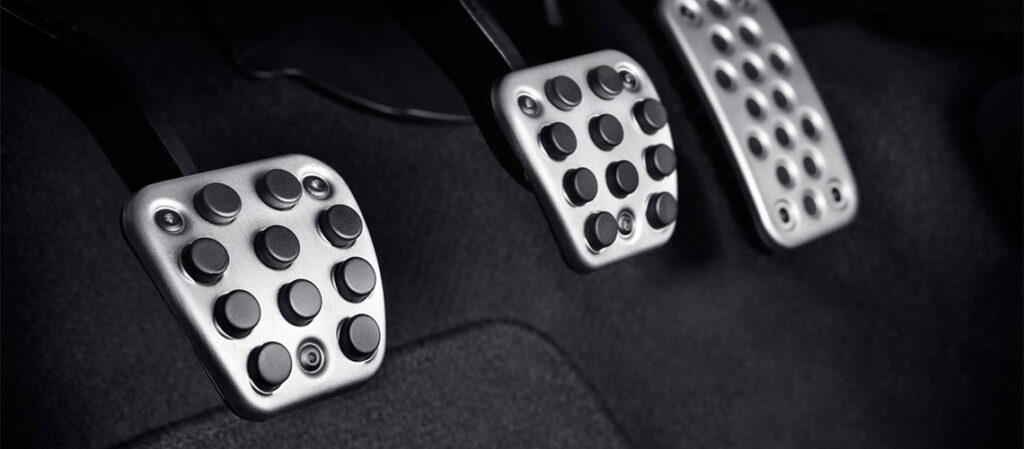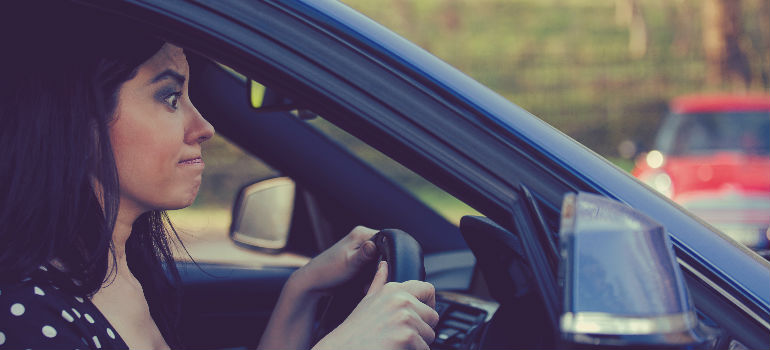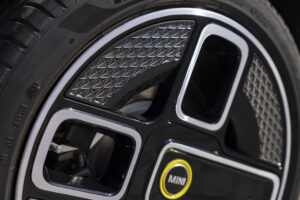You’ve gotten your license and are taking your friends out for a spin. Problem is, you stall the engine each time you try to get going! Your squad is understanding but the queue of traffic behind you? Not so much!
I’ve been driving for almost 30 years and I still manage to stall the engine each time I have a manual transmission car on test. It would be funny if it wasn’t so embarrassing which is why I have a special place in my heart for learner and newly licensed drivers.
Truth is, 9 times out of 10, I stall the engine a few times on the first day that I have a manual transmission test car;
– Vuyi mpofu, editor, heels & horsepower magazine
Stalling a car is pretty common and contrary to popular belief, it’s not something only done by rookie drivers. Granted, newly licensed drivers may be nervous, especially if driving for the first time without the security of an instructor at their side. But, those not accustomed to operating the manual transmission of a car, or who drive distracted are just as likely to stall the engine too.

Truth is, 9 times out of 10, I stall the engine a few times on the first day that I have a manual transmission test car; and yes, it is excruciatingly embarrassing. While it’s not something you’d expect from someone with approximately 30 years driving experience to her credit, my excuse is that with more and more OEMs producing automatic transmission cars the opportunity to drive a manual decreases substantially. Here’s what you need to know about stalling a car.
Why do cars stall?
There are a few reasons that car stall, among them being an undercharged or faulty car battery or a problem with the fuel pump or the wiring within your car’s engine. That said, in many instances, stalling an engine is mostly a driver error than the fault of the car.

The best course of action against stalling a car is to simply relax and take your time. Sure, traffic might be building up behind you and impatient drivers will most likely use their horn quite liberally but the more calm you remain the better your chances of taking off without incident become. There are a number of definitive steps to remember when moving off from a traffic light, intersection or even the parking bay you are in.
Assuming the parking brake is engaged:
- Fully depress the clutch
- Shift into first gear
- Depress the accelerator pedal and aim to keep the rev counter at approximately 1500 revs
- Release the clutch very slowly, release the handbrake and gently & simultaneously press the accelerator.
- If you feel the car shudder it is likely that the engine is about to cut off in which case depress the clutch and pull up the handbrake to secure the car.
- Breathe and re-start the process till you get to point 4 above. Hopefully you’ll get the clutch accelerator balance correct, which is the point at which you can take off without stalling the engine.
- Once your car gains momentum, continue to bring the clutch up gently and steadily continue to feed the accelerator.
- You will have successfully taken off from your standstill position and should be on your way.

It is also very possible to stall the engine when you prepare to come to a stop. Once again I am guilty of doing this, largely because I’d have forgotten that I am not driving an automatic. To avoid this mortifying action, you need to work the clutch and brakes in unison. Assuming you are driving slowly, press the clutch down first, then apply the brakes. If attempting to come to a stop from a higher speed, you should apply the brakes first then the clutch.
Don’t forget that stalling the engine is a rite of passage for all new drivers. The trick is not to panic when it happens. Hopefully the information in this article serves as an invaluable reminder and will reduce the possibility of stalling in the new future!






